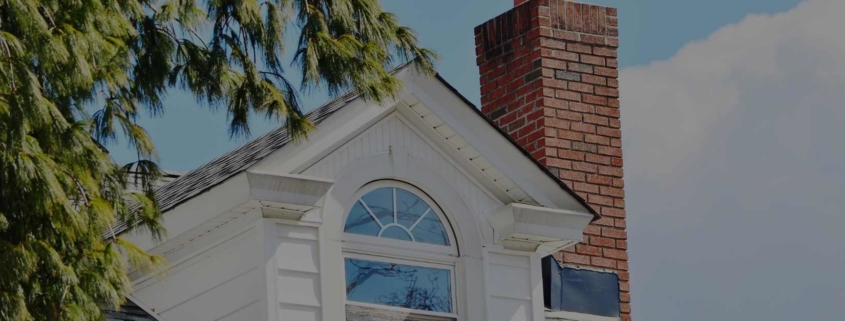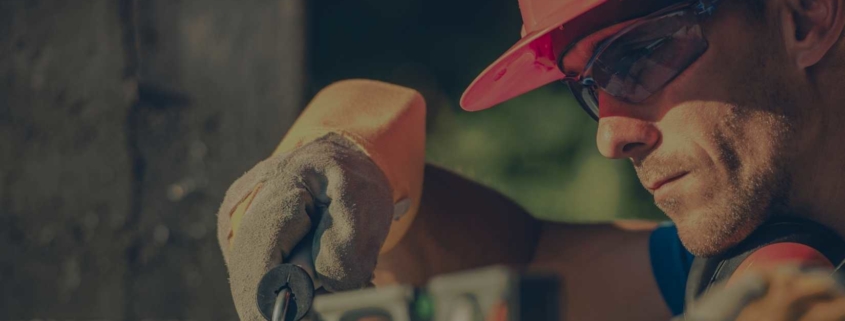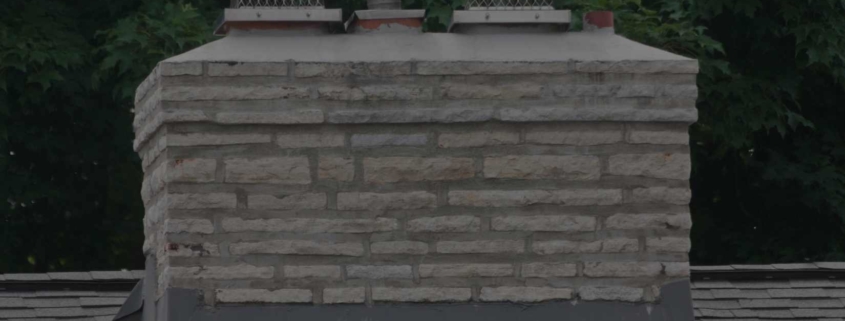Winter chimney repair is tricky. The mortar compounds that hold bricks together don’t set up in cold weather as well as in warm weather. If your chimney has significant brick damage and needs partial or complete rebuilding, you’ll need a lot of mortar.
Another challenge with repairing chimneys during the cold months is that frozen moisture within the masonry makes it challenging to diagnose the extent of water damage. It’s easier for technicians to assess damage after the normal freeze-thaw winter cycle is over. However, there are solutions you can make before the season ends.
So, how can you overcome such challenges and pursue chimney repairs during colder seasons? Here are four major ways to effectively repair your chimney in winter:
Use Temporary Fixes
The first strategy is to provide a temporary fix to keep the rain and cold out and then complete the repairs in spring. During the cold months, apply chimney caps to keep water out. Also, use a chimney shoe to prevent wind from pushing water into the flue.
You can fill gaps between the chimney and roof using metal flashing to keep the cold out. If you live in a tornado or hurricane-prone area, you may wish to consider a temporary plywood roof over the chimney if there is any chance of high winds during the cold months.
Another option is to use a plastic canopy that fits over the top of your chimney during the cold months. It’s sturdy enough to keep the rain out. You can also pull it down to keep the moisture out once spring arrives, and then you can remove it for the summer.
Hire Chimney Repair Companies With Insulated Trucks
Much of the issue with chimney repair is the environmental conditions and the difficulty they provide. However, there’s still a workaround if you need emergency major repairs during Winter.
You can hire a chimney repair company with insulated trucks with heaters to keep the temperature inside the truck and the technician’s work area warm. When working in such conditions, the work area is safer, and the work becomes easier to do.
Inject Thawing Compound Into Mortar
The first way to get around mortar compound issues is to use a thawing compound instead. The product is specifically designed to thaw frozen mortar and brick. It’s pumped into the wall area where the repair is being done, and then it’s set with a mortar gun.
This is the preferred way to repair chimneys during the frigid winter months because it has the least mortar. The thawing compound performs well in a wide range of temperatures. This compound also has a watertight sealant on the inside of the brick. This will prevent water infiltration into the brick for a long time.
Cold weather mortars are made to be used in below-freezing temperatures. The mortar is made for use up to minus 20 degrees, so it’s the perfect product for a winter chimney repair job.
Make Sure You’re Using the Right Tools
Chimneys have many different parts, each of which serves a specific purpose. To safely and effectively execute a chimney repair, it’s vital to use the right tools. A wide chisel is used to mortar up a crack, while a close chisel is used to re-point a broken joint. The proper hammer taps the two parts together.
There’s no reason for unnecessary risks when repairing a chimney during the winter. If you want your chimney in winter-ready condition, you should use the right tools and know-how to use them and how best to maintain them.
Conclusion
The key to successfully repairing your chimney in winter is not to let the conditions around you get in the way of doing good work. Even though snow and ice are part of the job, you can still make it through the winter season without taking unnecessary risks.
Don’t be discouraged by frigid weather. You can protect yourself and your chimney with proper tools and a little bit of experience.
For chimney repair services in Toronto, Red Robin Masonry is the most reputable masonry company in Toronto. If you want to build a brick wall, a chimney or a fireplace, parge, stonework, and more, we can help you. Call us today!




